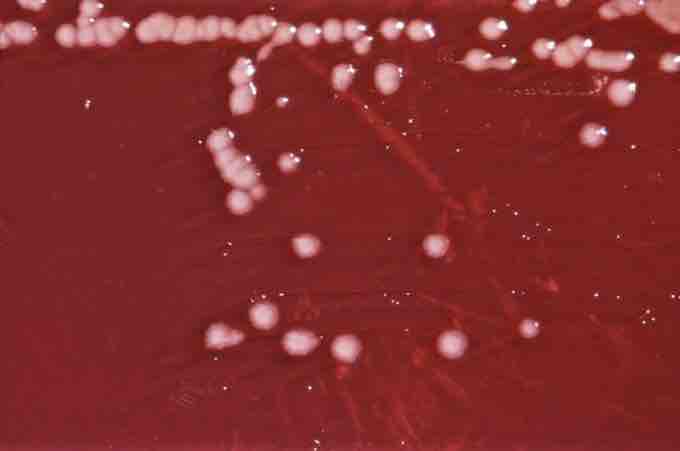With some exceptions, bacteria lack membrane-bound organelles as found in eukaryotes, but they may assemble proteins onto various types of inclusions such as gas vesicles and storage granules. Bacteria may have a single plasma membrane (Gram-positive bacteria) or an inner membrane plus an outer membrane separated by the periplasm (Gram-negative bacteria). Proteins may be incorporated into the plasma membrane. They can also be trapped in either the periplasm or secreted into the environment, according to whether or not there is an outer membrane. The basic mechanism at the plasma membrane is similar to the eukaryotic one. In addition, bacteria may target proteins into or across the outer membrane. Systems for secreting proteins across the bacterial outer membrane may be quite complex. The systems play key roles in pathogenesis. These systems may be described as type I secretion, type II secretion, etc. In most Gram-positive bacteria, certain proteins are targeted for export across the plasma membrane and subsequent covalent attachment to the bacterial cell wall.
A specialized enzyme, sortase, cleaves the target protein at a characteristic recognition site near the protein C-terminus, such as an LPXTG motif (where X can be any amino acid), then transfers the protein onto the cell wall. Several analogous systems are found that also feature a signature motif on the extracytoplasmic face, a C-terminal transmembrane domain, and cluster of basic residues on the cytosolic face at the protein's extreme C-terminus. The PEP-CTERM/exosortase system, found in many Gram-negative bacteria, seems to be related to extracellular polymeric substance production. The PGF-CTERM/archaeosortase A system in archaea is related to S-layer production. The GlyGly-CTERM/rhombosortase system, found in the Shewanella, Vibrio, and a few other genera, seems involved in the release of proteases, nucleases, and other enzymes.
PEP group translocation, also known as the phosphotransferase system or PTS, is a distinct method used by bacteria for sugar uptake where the source of energy is from phosphoenolpyruvate (PEP). It is known as a multi-component system that always involves enzymes of the plasma membrane and those in the cytoplasm. An example of this transport is found in E. coli cells. The system was discovered by Saul Roseman in 1964.
The twin-arginine translocation pathway (Tat pathway) is a protein export or secretion pathway found in plants, bacteria, and archaea. In contrast to the Sec pathway which transports proteins in an unfolded manner, the Tat pathway serves to actively translocate folded proteins across a lipid membrane bilayer. In bacteria, the Tat translocase is found in the cytoplasmic membrane and serves to export proteins to the cell envelope or to the extracellular space. In Gram-negative bacteria the Tat translocase is composed of three essential membrane proteins: TatA, TatB, and TatC. In the most widely studied Tat pathway, that of the Gram-negative bacterium Escherichia coli, these three proteins are expressed from an operon with a fourth Tat protein, TatD, which is not required for Tat function. A fifth Tat protein TatE that is homologous to the TatA protein is present at a much lower level in the cell than TatA. It is not believed to play any significant role in Tat function.
The Tat pathways of Gram-positive bacteria differ in that they do not have a TatB component. In these bacteria the Tat system is made up from a single TatA and TatC component, with the TatA protein being bifunctional and fulfilling the roles of both E. coli TatA and TatB. Not all bacteria carry the tatABC genes in their genome. However, of those that do, there seems to be no discrimination between pathogens and nonpathogens. Despite that fact, some pathogenic bacteria such as Pseudomonas aeruginosa , Legionella pneumophila, Yersinia pseudotuberculosis, and E. coli O157:H7 rely on a functioning Tat pathway for full virulence in infection models. In addition, a number of exported virulence factors have been shown to rely on the Tat pathway. One such category of virulence factors are the phospholipase C enzymes, which have been shown to be Tat-exported in Pseudomonas aeruginosa and thought to be Tat-exported in Mycobacterium tuberculosis.

Pseudomonas aeruginosa
P. aeruginosa is capable of growth in diesel and jet fuel, where it is known as a hydrocarbon-using microorganism (or "HUM bug"), causing microbial corrosion. [3] It creates dark, gellish mats sometimes improperly called "algae" because of their appearance.